The Conclave: Choosing The Next Pope In The Catholic Church
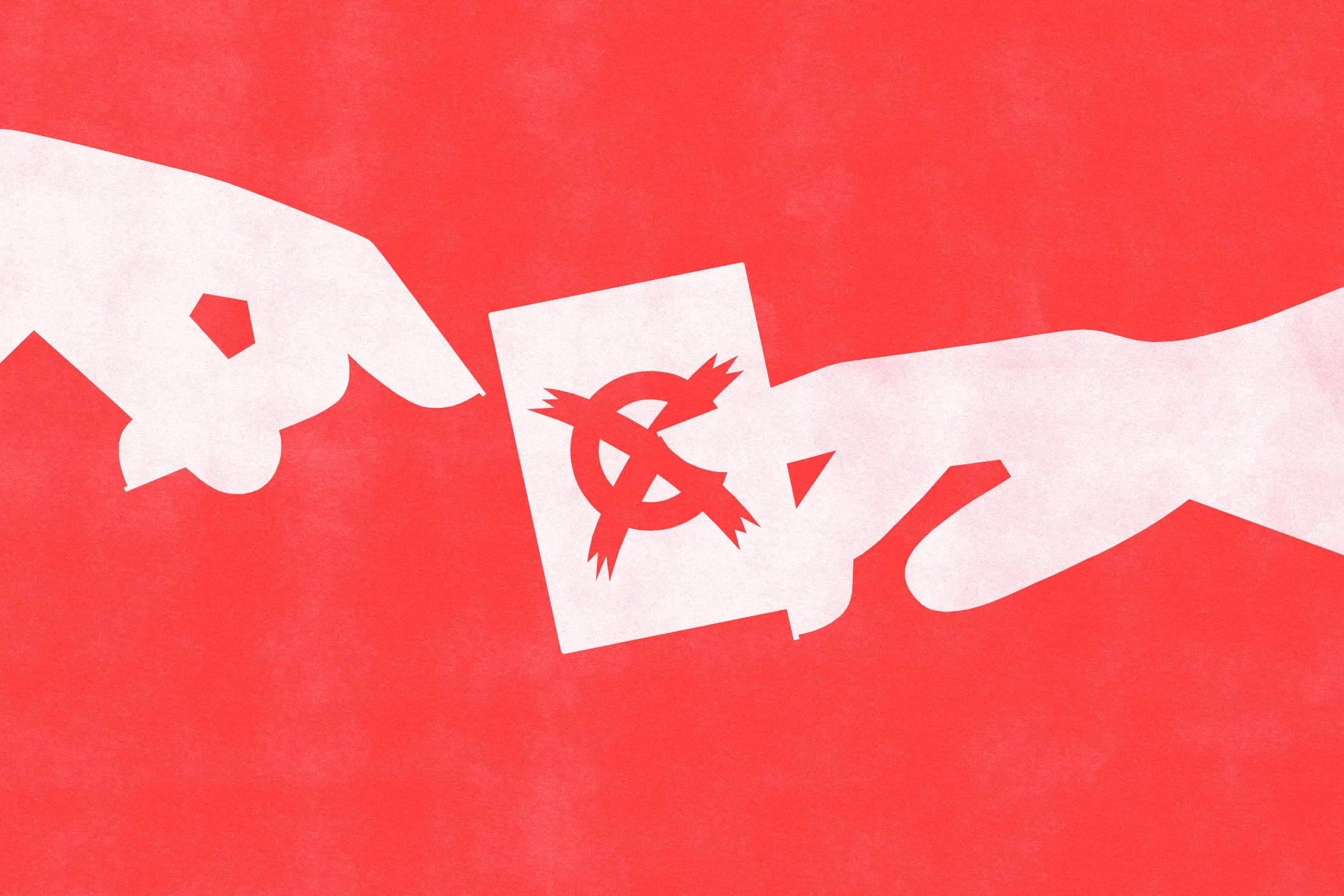
Table of Contents
History and Evolution of the Conclave
Before the formalization of the Conclave, papal elections were often chaotic and susceptible to political maneuvering. Early papal elections, sometimes influenced by powerful families or even emperors, lacked a structured process, leading to prolonged periods of vacancy and sometimes even schisms within the Church. The need for a more organized and transparent system became increasingly apparent. Key reforms throughout the centuries aimed to reduce corruption and ensure a more spiritually-guided selection.
The formalization of the Conclave as we understand it today evolved gradually. Early attempts at regulation date back to the 12th century, but it wasn't until the 13th century that more concrete rules began to emerge. The Papal bull Ubi periculum (1274) introduced significant changes, including confinement of the cardinals to a specific location during the election.
- Early Papal elections were often influenced by political factors. Powerful families and secular rulers exerted significant influence, leading to controversial choices.
- The Conclave's formalization aimed to reduce corruption and ensure a more spiritual selection. The process was designed to minimize external interference and prioritize spiritual qualities in the candidate.
- Specific examples of impactful Conclaves: The election of Pope John Paul II in 1978, a relatively quick Conclave that surprised many, signified a shift towards a more globally-minded papacy. The election of Pope Francis in 2013, the first from the Americas, marked another significant moment in the history of papal elections, highlighting the evolving nature of the Church.
The Process of the Papal Conclave
The Papal Conclave is a meticulously orchestrated process. Following the death or resignation of a Pope, the College of Cardinals convenes in the Sistine Chapel within the Vatican. Their secluded life during the Conclave is crucial to ensuring focused deliberation and minimal external influence. The cardinals engage in a series of ballots, employing a secret voting system to elect the new Pope.
- The Cardinals' secluded life during the Conclave: They are isolated from the outside world, with limited communication and restricted access to information.
- The voting process and the required majority: A two-thirds majority is required to elect a Pope. If no candidate reaches this threshold after several rounds of voting, the process continues until a decision is reached.
- The symbolic significance of the white smoke: White smoke billowing from the Sistine Chapel chimney signals to the world that a new Pope has been elected. Black smoke indicates that no decision has been reached.
- The Papal inauguration ceremony following the election: Once elected, the new Pope assumes his office and is officially inaugurated in a grand ceremony, marking the start of his pontificate. This event is a significant occasion for Catholics worldwide.
Eligibility and Qualifications for Papacy
To participate in a Conclave, a Cardinal must meet specific requirements. These include being under the age of 80. This age limit ensures that electors are generally physically and mentally fit to undertake the demanding responsibilities of the papacy.
Beyond eligibility, the qualities sought in a new Pope are multifaceted. While theological knowledge and pastoral experience are essential, other attributes such as leadership, diplomatic skills, and an understanding of global issues are also crucial in today's world. The Church constantly seeks to balance tradition with the challenges of the modern era.
- Age restrictions for Cardinal electors: Only cardinals under 80 years of age are eligible to vote in the Conclave.
- Theological and pastoral qualifications: Prospective Popes must demonstrate a deep understanding of Catholic theology and significant experience in pastoral ministry.
- Global perspective and ability to address contemporary issues: The ability to address complex global issues, such as poverty, climate change, and social justice, is increasingly important for the papacy.
The Significance of the Conclave for the Catholic World
The Conclave's impact on global Catholicism is profound. The election of a new Pope is a highly significant event for Catholics worldwide, generating both excitement and anticipation. The outcome shapes not only the direction of the Church but also impacts global politics and social discourse.
- The Pope's influence on doctrine and social teachings: The Pope's pronouncements on doctrine and social issues have a significant influence on Catholic belief and practice worldwide.
- The role of the Pope in global politics and diplomacy: The Pope often plays a prominent role in international affairs, advocating for peace and justice on the global stage.
- The emotional impact of the Conclave on Catholics worldwide: The Conclave is a deeply emotional event for many Catholics, representing a moment of spiritual renewal and hope for the future of the Church.
Conclusion
The Conclave, a process shrouded in secrecy and steeped in tradition, holds immense significance for the Catholic Church and the global community. Understanding the history, procedures, and implications of this pivotal event offers crucial insight into the governance and future direction of the Catholic faith. From its historical evolution to the modern-day process, the Conclave remains a fascinating and critical aspect of the Catholic Church. Learn more about this important process by researching past Conclaves and exploring the lives and legacies of past Popes. Deepen your understanding of the Conclave and its impact on the Catholic world today.

Featured Posts
-
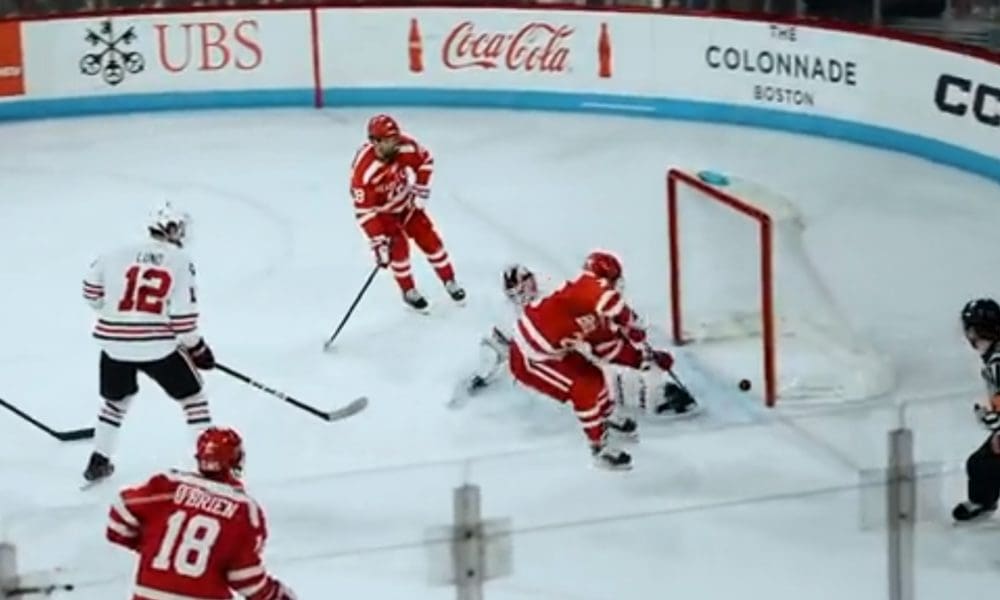 Analyse Du Potentiel De Lane Hutson Comme Defenseur Numero 1
May 07, 2025
Analyse Du Potentiel De Lane Hutson Comme Defenseur Numero 1
May 07, 2025 -
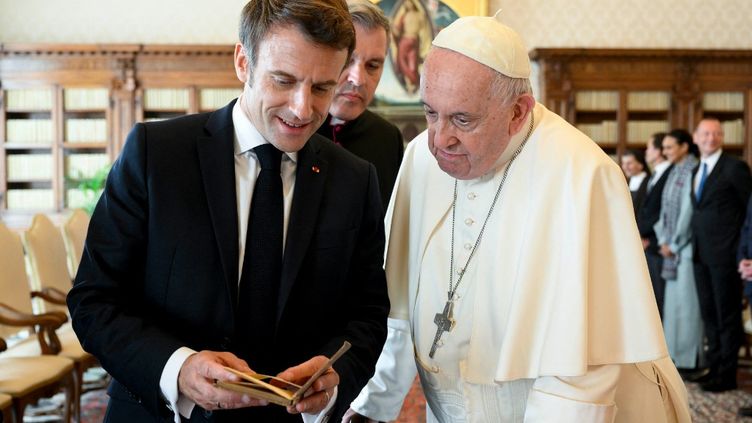 Le Conclave Election Du Pape Au Vatican Un Procedure Seculaire
May 07, 2025
Le Conclave Election Du Pape Au Vatican Un Procedure Seculaire
May 07, 2025 -
 Rihannas Savage X Fenty Bridal Collection A Heavenly Look
May 07, 2025
Rihannas Savage X Fenty Bridal Collection A Heavenly Look
May 07, 2025 -
 Palantir Stock Valuation A Deep Dive Into Its History Of Financial Performance
May 07, 2025
Palantir Stock Valuation A Deep Dive Into Its History Of Financial Performance
May 07, 2025 -
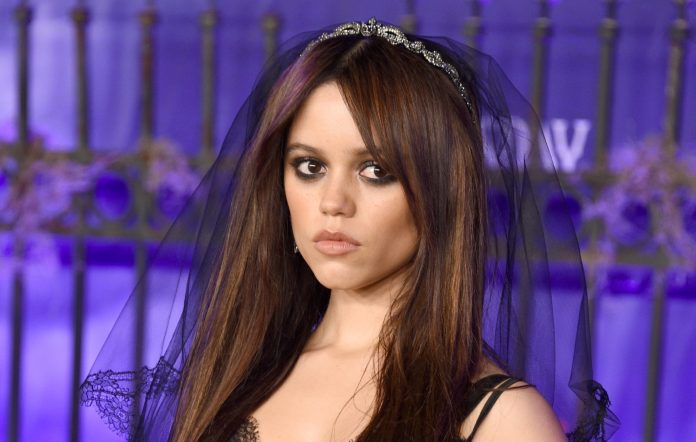 Jenna Ortegas Horror Roles A Case For The Next Scream Queen
May 07, 2025
Jenna Ortegas Horror Roles A Case For The Next Scream Queen
May 07, 2025
Latest Posts
-
 Bitcoins Potential For Explosive Growth A 1 500 Scenario
May 08, 2025
Bitcoins Potential For Explosive Growth A 1 500 Scenario
May 08, 2025 -
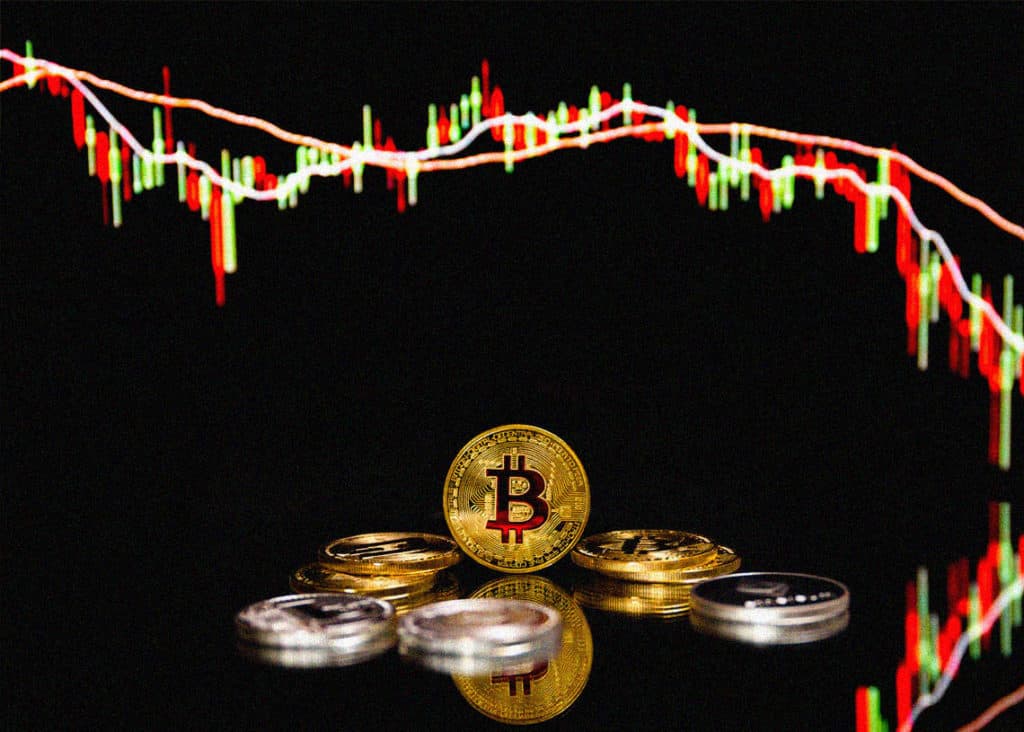 Is A 1 500 Bitcoin Price Increase Feasible Expert Analysis
May 08, 2025
Is A 1 500 Bitcoin Price Increase Feasible Expert Analysis
May 08, 2025 -
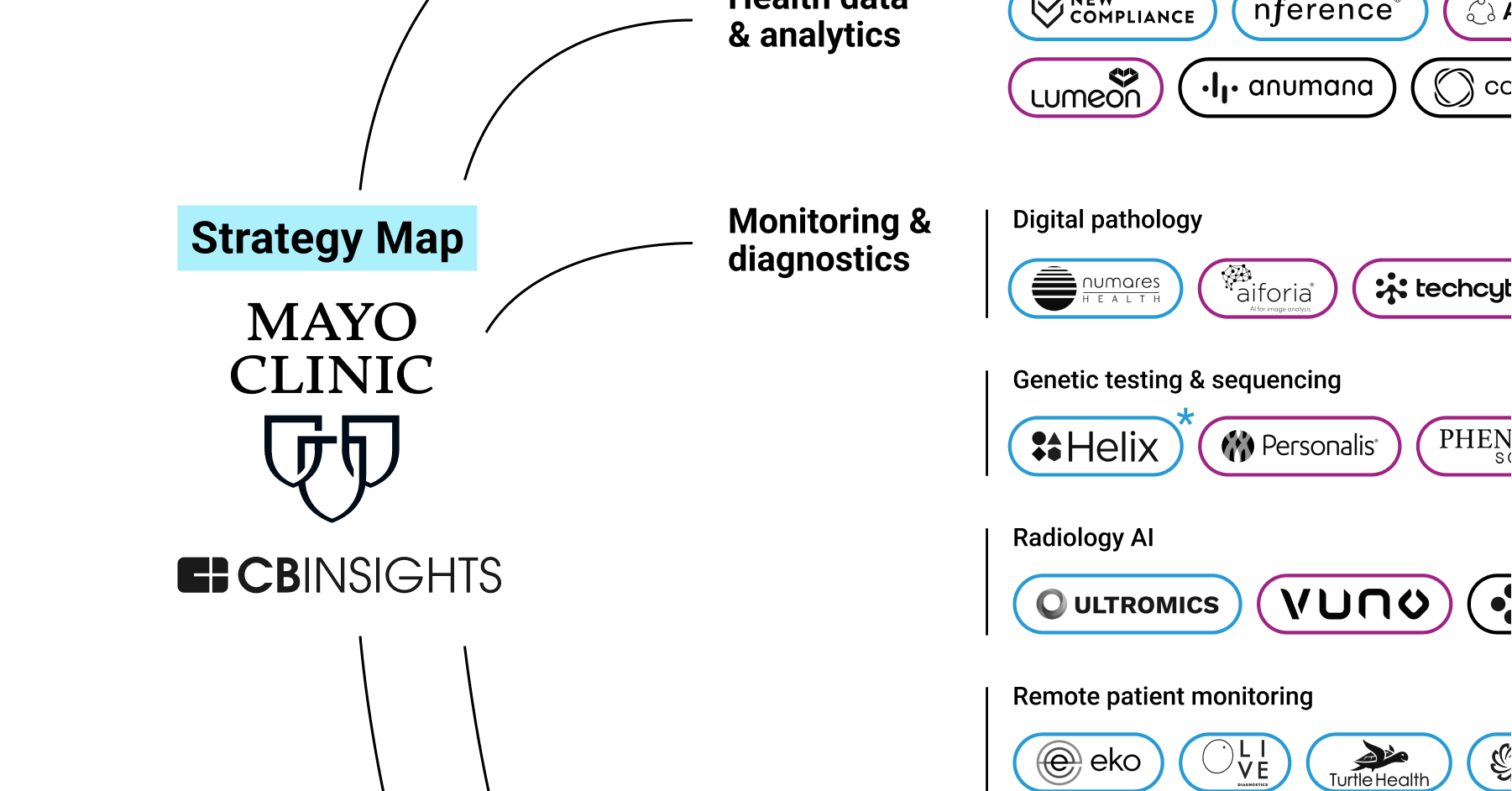 Bitcoins Future Analyzing The 1 500 Growth Prediction
May 08, 2025
Bitcoins Future Analyzing The 1 500 Growth Prediction
May 08, 2025 -
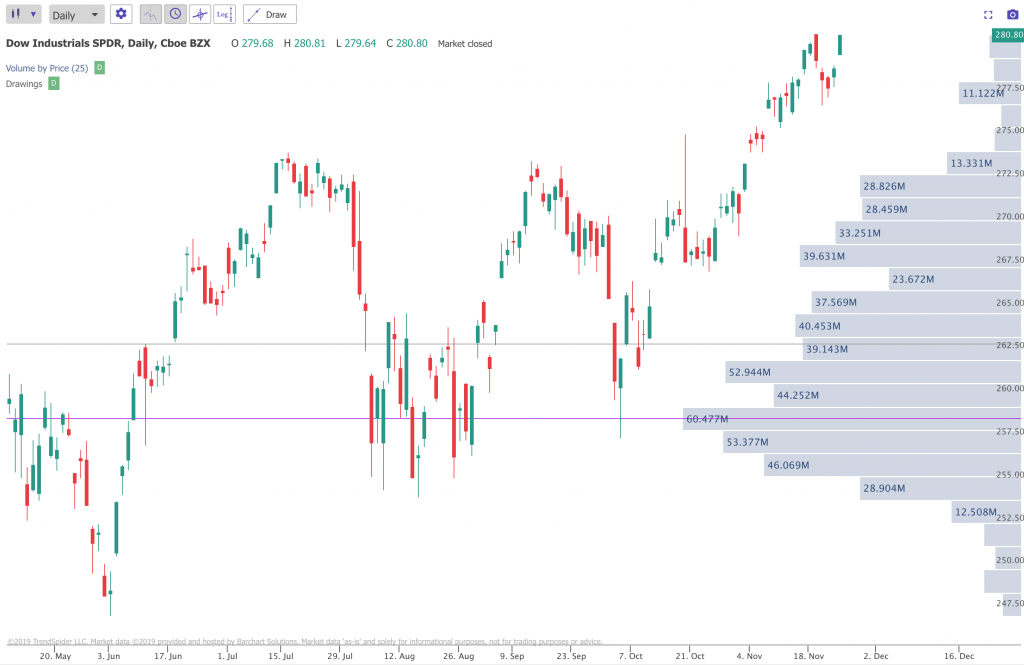 Bitcoins Future A Look At Important Price Levels
May 08, 2025
Bitcoins Future A Look At Important Price Levels
May 08, 2025 -
 Bitcoins Price Outlook Assessing Trumps Potential Influence
May 08, 2025
Bitcoins Price Outlook Assessing Trumps Potential Influence
May 08, 2025
